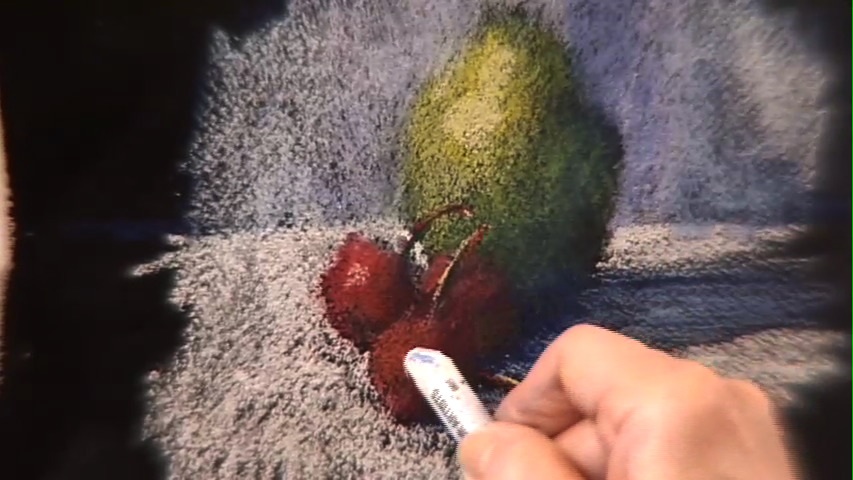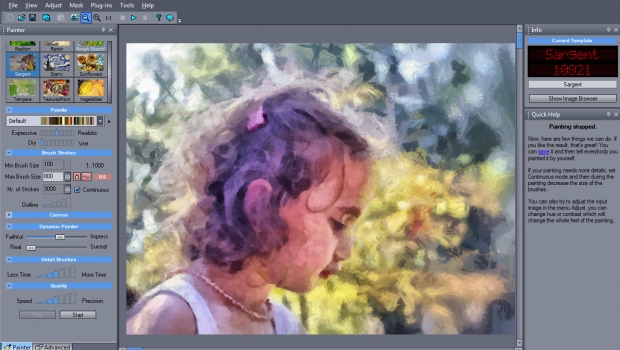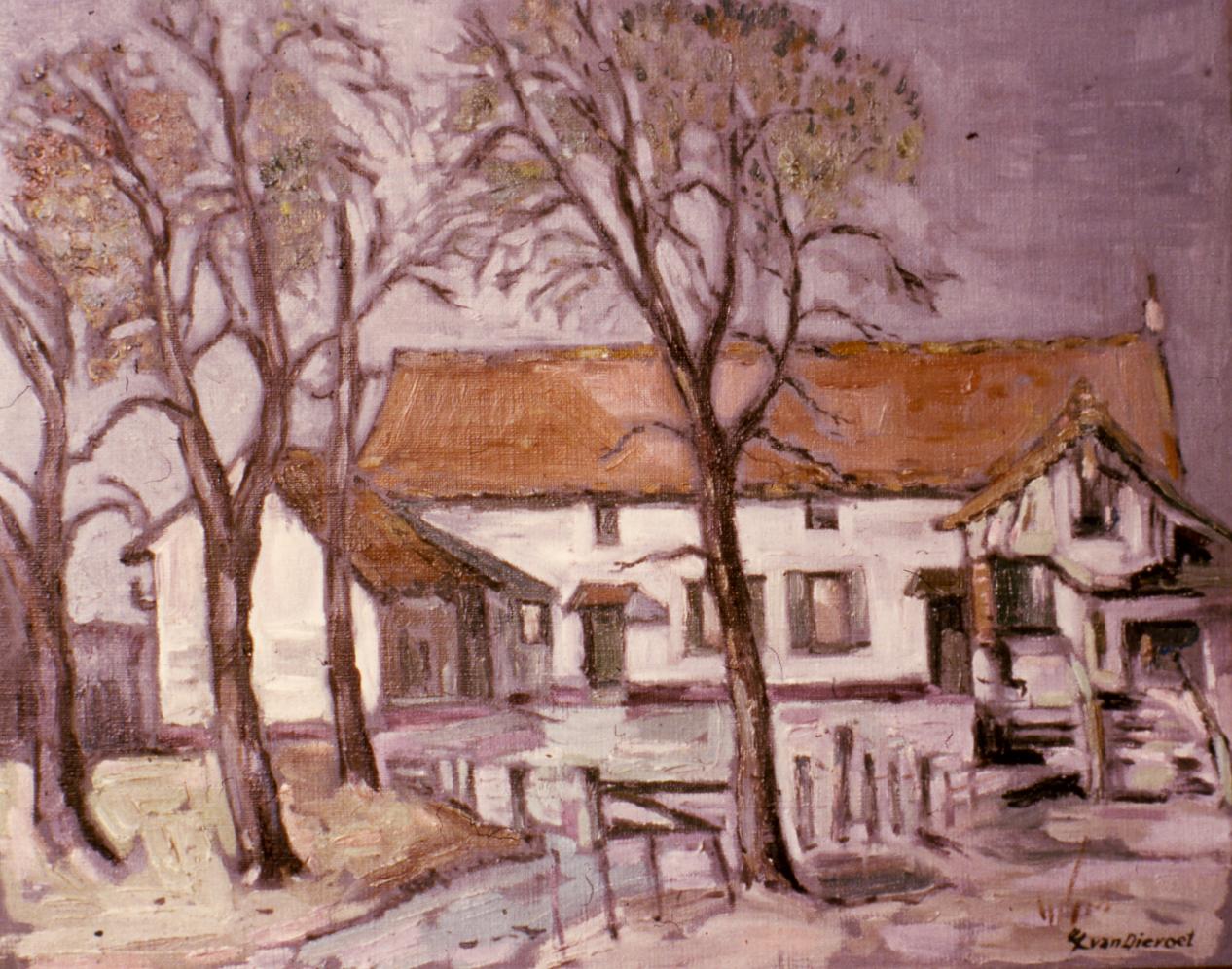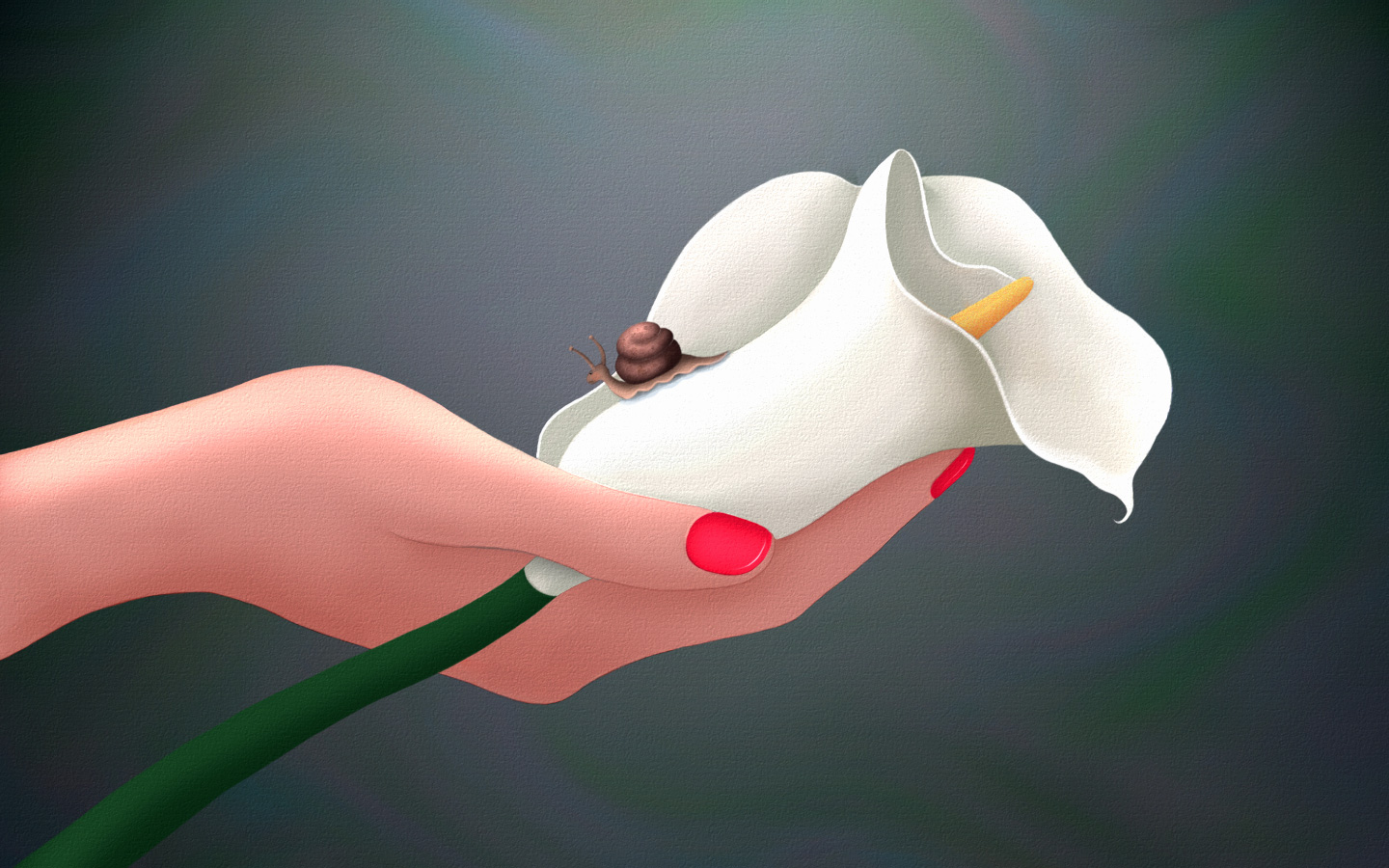Pastel paintings are characterised by their brilliant colours. The pastel effect works well on most image types, just look at the results that can be achieved.
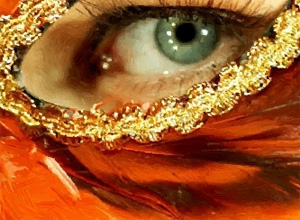 |
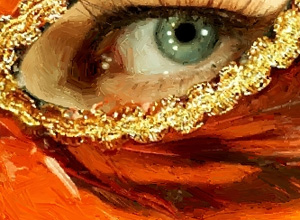 |
The pastel was probably invented in France and Italy in the late fifteenth century and was used by Leonardo da Vinci with the leadership of Jean Perréal.
The pastel is very popular in the seventeenth century, where its bold colors and ability to imitate faithfully fabrics, textures and lights make inseparable from portraiture. It is used by many painters as Rosalba Camera, Charles Le Brun, Robert Nanteuil or Joseph Vivien.
The pastel technique is similar both in drawing and painting. Some artists use a technique similar to charcoal based on the use of lines and shading, others have a painterly approach by layering thick layers of color. The possibility of pastel are extensive.
The pastel can use their sticks in different ways:
- with singing for specific traits
- with the wafer for working surfaces
- crushed for spreading the powder on the carrier and producing a color area unclear
Controlled pressure and these three techniques allows a wealth of features and textures, but the real strength of pastel is certainly the purity and vibrancy of colors.
The pastel can both use pure colors (simple application of sticks), the mixture of colors by superposition and fusion (the pastel color spread on the other) and the optical mixing (the pastel colored lines superimposed).
The fragility of the pastel technique involves special protection as a pastel unprotected degrades the slightest manipulation. The best protection is the frame under glass. It is also customary to set works. Storage is flat, face painted against a sheet of wax paper.
